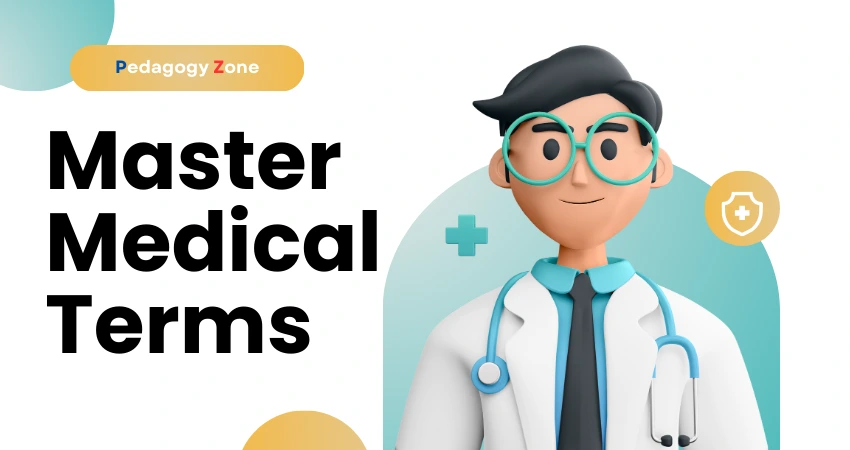An Ultrasound Technician, also known as a Diagnostic Medical Sonographer, plays a crucial role in the healthcare field by using specialized equipment to capture images of the body’s internal organs, tissues, and blood flow. These images are vital for diagnosing and monitoring various medical conditions.
Below is a unique description of what an Ultrasound Technician does:

Operating Ultrasound Equipment
Ultrasound Technicians are skilled in operating sophisticated ultrasound machines that emit high-frequency sound waves. These sound waves bounce off internal structures, creating visual images that can be examined by physicians.
Conducting Patient Assessments
Before starting the ultrasound procedure, the technician often reviews the patient’s medical history and consults with physicians to understand the specific reasons for the imaging. They also explain the procedure to the patient, answering any questions to ensure the patient is comfortable and informed.
Performing the Ultrasound Procedure
The technician applies a special gel to the area of the body being examined, which helps in conducting the sound waves. They then use a handheld device called a transducer to capture images from different angles, ensuring that all necessary views are recorded. Technicians must have a deep understanding of anatomy to accurately capture the required images.
Analyzing and Interpreting Images
Although the primary role of an Ultrasound Technician is to capture images, they also make initial observations during the procedure. They note any abnormalities or areas of concern, which are later reviewed by a physician for a final diagnosis. Technicians must be detail-oriented and capable of recognizing subtle differences in the images they produce.
Collaborating with Healthcare Teams
Ultrasound Technicians work closely with radiologists, obstetricians, cardiologists, and other healthcare professionals. They discuss their findings, provide technical insights, and sometimes assist during procedures that require real-time imaging, such as biopsies or guided injections.
Specialized Areas of Practice
Ultrasound Technicians can specialize in various fields such as:
- Obstetric and Gynecologic Sonography: Focuses on imaging during pregnancy and female reproductive health.
- Abdominal Sonography: Involves imaging of organs like the liver, kidneys, and gallbladder.
- Cardiac Sonography (Echocardiography): Specializes in imaging the heart and its function.
- Vascular Sonography: Focuses on blood flow and detecting blockages or clots in blood vessels.
Ensuring Patient Safety
Ultrasound Technicians adhere to strict protocols to ensure the safety and well-being of patients. This includes maintaining the cleanliness of equipment, using appropriate imaging settings to minimize discomfort, and ensuring that the procedures are non-invasive and safe.
Record Keeping and Documentation
After completing the ultrasound, technicians document the procedure, including the images captured, observations made, and any technical issues encountered. This documentation is crucial for maintaining accurate medical records and for follow-up care.
Continual Education and Training
The field of medical imaging is constantly evolving with new technologies and techniques. Ultrasound Technicians often engage in ongoing education and training to stay current with advancements, ensuring they provide the best possible care.
Patient Interaction and Support
Beyond the technical aspects of the job, Ultrasound Technicians play an important role in patient care. They often interact with patients who may be anxious or in pain, requiring empathy, patience, and effective communication skills.
[sc_fs_faq html=”true” headline=”h2″ img=”” question=”How to become an Ultrasound Technician?” img_alt=”” css_class=””] 1. Complete High School: Focus on science and math courses. 2. Enroll in an Accredited Program: Choose either a 1-year certificate, a 2-year associate degree, or a 4-year bachelor’s degree in sonography. 3. Gain Hands-On Experience: Complete clinical training as part of your program. 4. Get Certified: Pass a certification exam from a recognized body like the ARDMS (American Registry for Diagnostic Medical Sonography). 5. Apply for Jobs: Start working in hospitals, clinics, or medical imaging centers. [/sc_fs_faq]
| Read More Topics |
| Introduction of sympathomimetic agents |
| Biosynthesis and catabolism of acetylcholine |
| Morphine and its related compounds |






